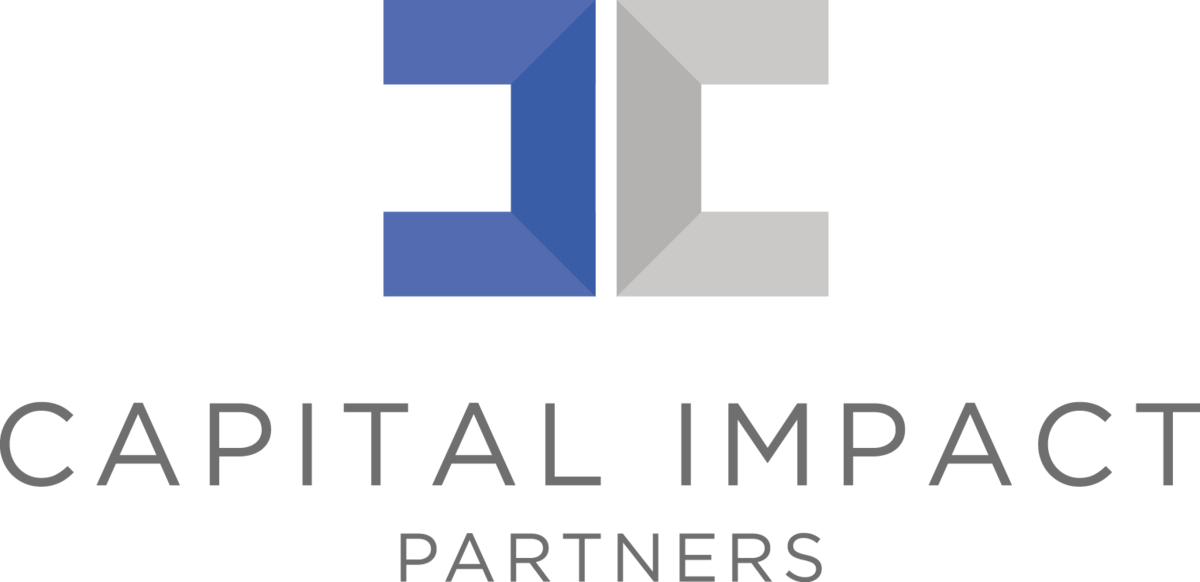You can start comparing your loan options based on four basic elements: loan fees, interest rate, term, and amortization.
However, there are other criteria to take into consideration when you evaluate your options. Some lenders charge prepayment penalties if you repay your loan before the term of the loan. If you anticipate you will want to make prepayments, or if you want the flexibility to use excess cash to prepay your loan, check your loan documents to see if there is a prepayment penalty.
Some lenders offer flexibility with interest-only periods for your loan. Interest-only payments are lower than mortgage payments and can help you complete your construction project and stabilize operations before you start making mortgage payments. Lenders have requirements for collateral and guarantees that can vary greatly. Consider this when you evaluate your loan options, as they may impact the amount you will be able to borrow and the amount of your annual loan payments.
Loan Fees
Lenders typically charge the following fees. Include these fees in your project budget along with other closing costs:
- Application or Underwriting Fee: Lenders can charge an application fee that must accompany the original loan request. It normally ranges from $100 to $1,000 and can be credited toward the origination fee if the loan is approved. This fee covers the up-front work lenders complete to evaluate your loan application.
- Origination or Commitment Fee: Lenders charge a fee when the loan is approved, and they issue a commitment letter. It normally ranges from 1 to 2% of the loan amount. A 1% origination fee on a $1 million loan would be $10,000. This fee covers the due diligence work lenders complete before they issue a commitment letter. The fee is collected either when lenders issue a commitment letter or when the loan closes (sometimes it is 50% at commitment, 50% at closing). It is nonrefundable, meaning the lender will keep the fee, even if the loan does not close for any reason.
- Legal or Documentation Fee: Lenders charge a fee for the internal preparation of loan documents and the legal due diligence process (review of contracts, leases, loan documents for existing lenders, etc.), or require you to reimburse the legal fees charged by their outside attorneys for this work. The document preparation, due diligence, and legal fees are in addition to the fees charged by your own attorneys and vary widely depending on the lender and type of loan. Be sure to ask for an estimate up front. The more complex the transaction is (i.e., use of multiple financing sources, use of federal, state, or municipal tax or subsidy programs, regulatory issues, title issues, etc.), the higher the fees charged by the lender are likely to be.
- Closing Costs: Your school is responsible for the costs of third-party reports (appraisals, environmental reports, property condition reports, etc.) requested by lenders and other costs associated with the loan closing (title, recording, searches, etc.). It is important that you include all these costs in your project budget. Your lender can help you estimate these costs.
Interest
This is the amount charged for borrowing funds. The interest rate is usually quoted in an annual percentage rate.
Interest rates can be fixed or variable. When the interest rate is fixed, it does not change over the term of the loan, and it provides for payment certainty. Variable rates are adjusted on a regular basis (weekly, monthly, or annually) and are based on publicly published rates, plus an established margin. Variable rates may be lower than fixed rates, but the school will take the risk of paying more interest if the rates are going up. Lenders may offer floors or caps for variable-rate loans.
Both fixed and variable interest rates are typically tied to some underlying index rate (like the prime rate or a Treasury bond rate), plus an additional spread. It is important to note that most interest rates are not settled on until the closing day, so there is a possibility of rate changes between term sheet and loan closing. Use the Financing Evaluation Worksheet to compare sources of financing, their terms, and conditions.
Related link in Essential Resources: Financing Evaluation Worksheet
Term
Loan term is simply the length of the loan. A five-year loan means you make payments for five years. The loan will mature five years from closing, and any outstanding balance will be due at that time.
Amortization
Amortization determines the period over which your loan will be repaid (the longer the amortization, the lower the loan payments). Amortization should match the life of the assets or the term of the lease. For example, if you borrow $1 million with a five-year term and a five-year amortization, at 6% interest rate your annual payment will be $232,000. If instead your amortization is 10 years, your annual payment will be $133,000; but at the end of five years, you will still owe $575,000 (called balloon payment).
Related link in Essential Resources: Amortization Table Template
Legal Disclaimer:
Nothing in this material should be construed as investment, financial, brokerage, or legal advice. Moreover, the facts and circumstances relating to your particular project may result in material changes in the processes, outcomes, and expenses described herein. Consult with your own professional advisors, including your financial advisors, accountants, and attorneys, before attempting to consummate any transaction described in this material.
